Sleeping Beauty Castle at Disneyland, Cinderella Castle at the Magic Kingdom and numerous other magical castles were all inspired by a real castle: Neuschwanstein Castle, the awe-inspiring retreat of the “fairy-tale king,” Ludwig II of Bavaria. Commissioned by the king in homage to Richard Wagner, the fantastical castle was designed by theatrical set designer Christian Jank. The beautiful design was to further enhance the already romantic mountain and forest scenery.
The first stone of Neuschwanstein Castle (which literally means, “New Swan Stone palace”) was laid in September 1869. The technology used to build this castle was considered modern and advanced. New inventions such as electricity, plumbing, heat and steamboats were used in the construction of the castle, and Ludwig himself was considered responsible for the introduction of many of these inventions to the area.
In 1886, as the massively expensive castle neared completion, the State Commissioner pronounced Ludwig insane and arrested him soon after. The day after he was arrested, Ludwig requested the Commissioner go on a walk in the woods with him. The commissioner agreed and told his guards to stay behind. Both were found mysteriously dead in a lake later that evening. Ludwig was never able to see the finalized castle—and it didn’t receive its name until after his death—but his taste for elegant, and extravagant, design resonates throughout the interior of the Romanesque-style castle. After his death, the castle was opened for the public to help pay off the expenses.
During World War II, the castle was appropriated and used by German forces as a depot to store all of the plundered art from France and other Nazi-occupied countries in Europe. At the close of the war, the Nazis contemplated blowing the castle up with explosives to prevent the encroaching allied forces from discovering the scale of their art looting.
However, fortunately, the plan was never implemented. Today, the castle is one of the biggest attractions in Bavaria and manages to draw well over a million people a year.
Of particular delight is the Grotto Room, an artificial cave complete with stalactites and a waterfall; it was intended to represent a cave from Wagner’s opera “Tannhauser.” Ironically, Wagner never stepped foot in the castle.
Know Before You Go
Most people take the train from Munich; once you arrive at the station, a bus or taxi can be taken to Hohenschwangau where the castle's ticketing office is located. You're given a block of time for your tour, so you may need to kill some time first in the small town at the base of the castle. From there, you can either hike to the top or pay for a horse-drawn carriage ride up the mountain. If you plan on doing the former, comfortable footwear is recommended.
Because of it's popularity, it is strongly advised that you purchase your tickets in advanced, especially if you are short on time or visiting during high season. Luggage, large rucksacks, and strollers are not allowed. There are some lockers at the castle, but storing these items prior to your visit is recommended. The castle does provide services for persons with limited mobility. You can find all the necessary information by visiting the website.

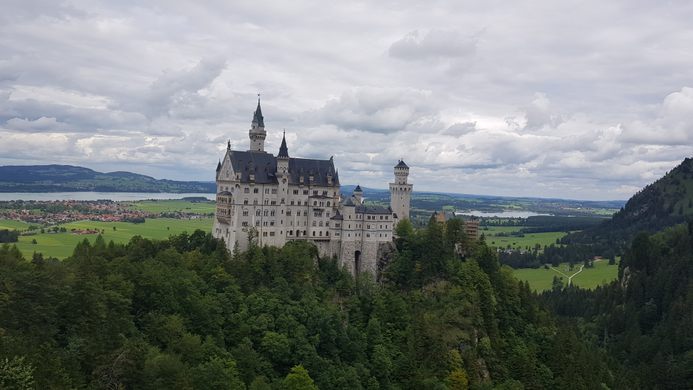
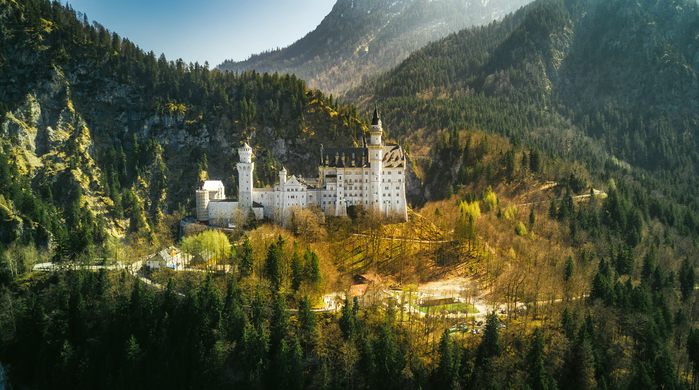











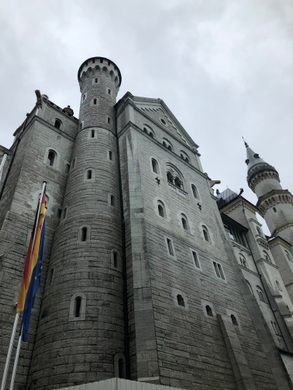




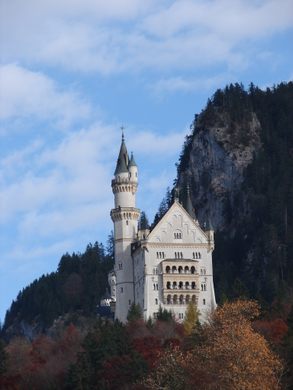

























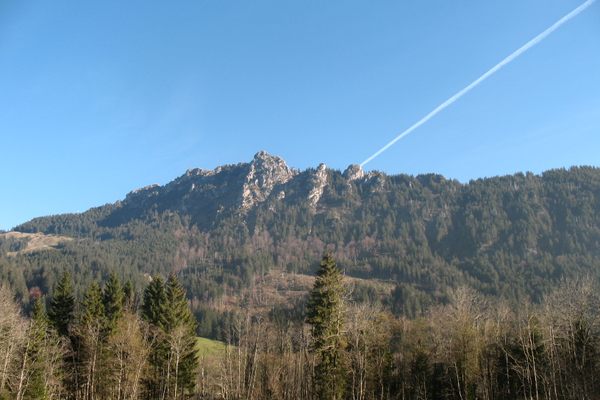



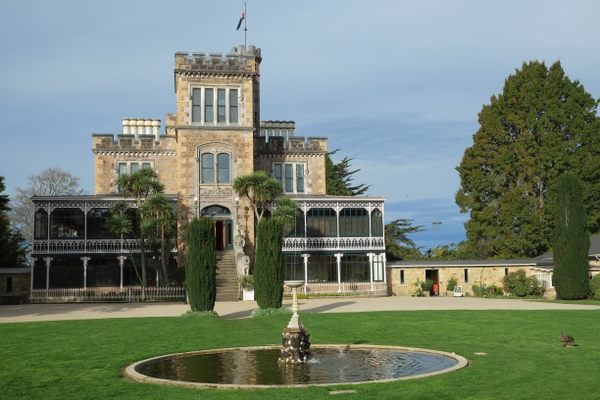
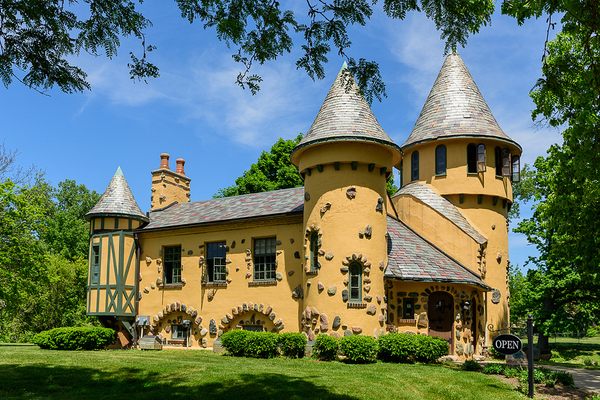

Follow us on Twitter to get the latest on the world's hidden wonders.
Like us on Facebook to get the latest on the world's hidden wonders.
Follow us on Twitter Like us on Facebook